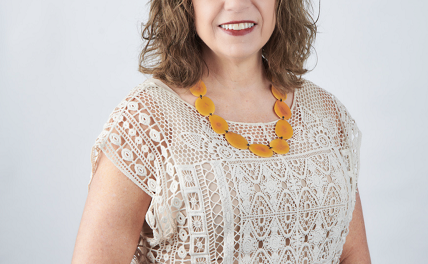The American College of Healthcare Architects (ACHA) is pleased to release key findings by survey of its members revealing their insights on the future of healthcare architecture and the role of design in the COVID-19 healthcare crisis.
 “The extensive experience of ACHA’s accomplished healthcare architects gives us unique insights into how this pandemic will shape the future of healthcare,” said Vince Avallone, ACHA President. “These findings will influence the design of hospitals and healthcare environments for years to come.”
“The extensive experience of ACHA’s accomplished healthcare architects gives us unique insights into how this pandemic will shape the future of healthcare,” said Vince Avallone, ACHA President. “These findings will influence the design of hospitals and healthcare environments for years to come.”The survey revealed the following:
• Over 63% of respondents helped clients evaluate alternative care sites.
• Over 60% of ACHA experts were called on to help healthcare systems increase capacity – 28% created over 100 beds.
• Over 70% of respondents believe design for mass casualty patient surges will be an important element for hospitals in the future.
• Over 80% of respondents thought the telehealth boom would have major impact on facility design.
ACHA surveyed more than 100 certified professional healthcare designers to reveal lessons learned from COVID-19 and the role of architects in addressing the crisis. Participants represent areas across North America, including many severely affected states such as New York, New Jersey, Illinois, Massachusetts, California, and Pennsylvania.
The survey also identified upcoming challenges:
• How can hospitals be designed so normal operations (such as elective procedures) can continue through a pandemic so as not disrupt regular patient treatment and reduce financial challenges?
• Restrictions will likely be implemented on patient/visitor traffic flow to control cross-contamination. How will this transform facility intake and entry design?
• How will increased restrictions placed on patient/visitor traffic flow to control cross-contamination transform facility intake and entry design?
• How can architects emphasize on building flexible, adaptable facilities that can be easily modified to allow a quick response to changing medical priorities?
• How can healthcare and non-healthcare facilities be designed to handle patient overflow in a more expedient fashion?
“ACHA certificate holders represent a majority of the nation’s top healthcare design firms,” said Avallone. “These results show our continuing commitment to help develop solutions for future healthcare design challenges. They demonstrate how the healthcare sector calls on ACHA certificants for advice, expertise and implementation when it is needed the most. Having the ACHA credential and consulting with an ACHA-certified architect is valued now more than ever. ”



























